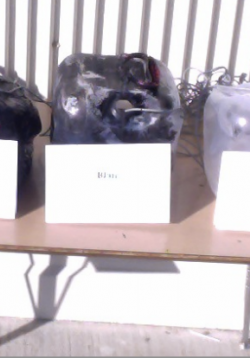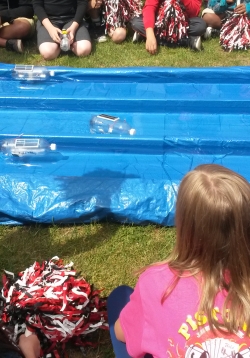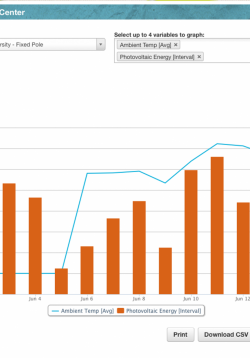Keeping it Cool With Solar: Reflections of an Engineer
This lesson is designed for one 30-minute session. Students analyze their data and reflect through video recording about how solar technology and their structures kept the ground (earth’s surface) cooler.




